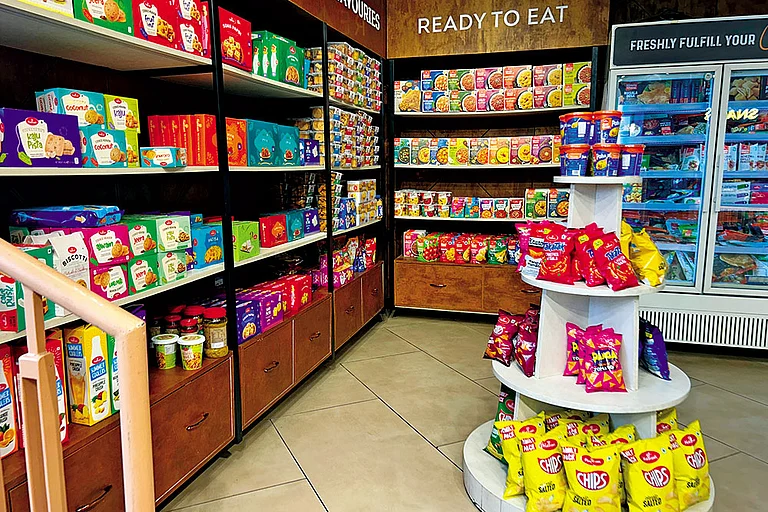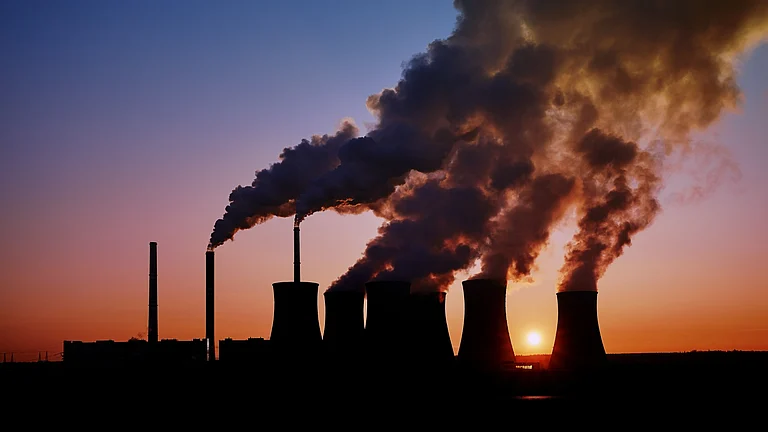Food production contributes to greenhouse gas emissions at every stage, be it growing, processing, transporting, distributing, preparing, consuming and sometimes disposing. Each of these steps releases greenhouse gases that trap heat and contribute to climate change.
As the world aims for net-zero emissions, adopting carbon-negative foods can help reverse climate change.
What Are Carbon-Negative Foods?
Generally, animal-based foods, especially red meat, dairy and farmed shrimp, produce the most greenhouse gas emissions, according to a UN report. The report highlights how meat production contributes to emissions through deforestation (cutting down trees that store carbon), methane emissions from livestock and the use of chemical fertilisers. Shrimp farming also has a large carbon footprint due to mangrove forest destruction. In contrast, plant-based foods, such as fruits, vegetables, whole grains and legumes, require fewer resources and produce fewer emissions.
Another type of food, called carbon-negative foods, actually removes more greenhouse gases from the atmosphere than they emit.
Go Carbon-Negative for a Positive Tomorrow
Certain foods and production practices can actively help remove carbon from the atmosphere. While fully transforming your diet might not be practical, including carbon-negative foods can contribute to more sustainable choices.
Mushrooms
Mushrooms grow on agricultural waste, turning it into nutritious food while locking away carbon. A 2023 study from Proceedings of the National Academy of Sciences highlights the potential of edible ectomycorrhizal fungi (EMF) in mycoforestry, which combines food production with tree planting to support conservation and biodiversity. EMF fungi partner with plants to exchange nutrients and there are over 900 edible species.
Legumes
Legumes (like beans and lentils) fix nitrogen in the soil, reducing the need for synthetic fertilisers and lowering carbon emissions. They also improve soil fertility by supporting beneficial microorganisms that affect the soil's biological, chemical and physical properties. As interest in sustainable farming grows, legumes are increasingly adopted for their ability to restore soil fertility and reduce crop diseases and pests, according to a 2021 study in Frontiers in Sustainable Food Systems.
Kelp
Kelp, a globally consumed seaweed, sequesters carbon through a process called carbon fixation. It absorbs carbon dioxide from the water and converts it into organic matter during photosynthesis. This not only reduces CO2 in the atmosphere but also benefits ocean ecosystems. Locally-sourced kelp has the potential to be carbon-negative, although this is still rare. Purchasing kelp can help restore destroyed kelp forests, an environmental benefit that extends beyond climate change mitigation, according to a BBC report.
Blueberries and Celery
In wetted peatlands, organic carbon accumulates faster than it decomposes, potentially outweighing the climate change impact of methane and nitrogen oxide emissions. Certain crops, like blueberries, cranberries and celery, can be grown in peatlands. When combined with efficient supply chains, these foods can be carbon-negative. However, fresh blueberries, which are often packaged in plastic and flown internationally, can have a high carbon footprint. While carbon-negative peatland products exist, they remain rare and challenging to identify in stores.
Nuts, Olives and Citrus
Planting trees on cropland helps sequester carbon. In the past two decades, the area used for growing tree nuts has doubled, with much of this growth taking place on croplands.
On average, nuts can remove about 1.3 kg of CO2 per kg, even when considering the full supply chain, reported BBC. This carbon storage continues until the trees mature (around 20 years) and can be extended if the wood is used for durable products. Nuts, olives and citrus fruits grown using sustainable methods like agroforestry can be carbon-negative, as trees act as carbon sinks, absorbing carbon dioxide while supporting responsible land use and resource management.






























